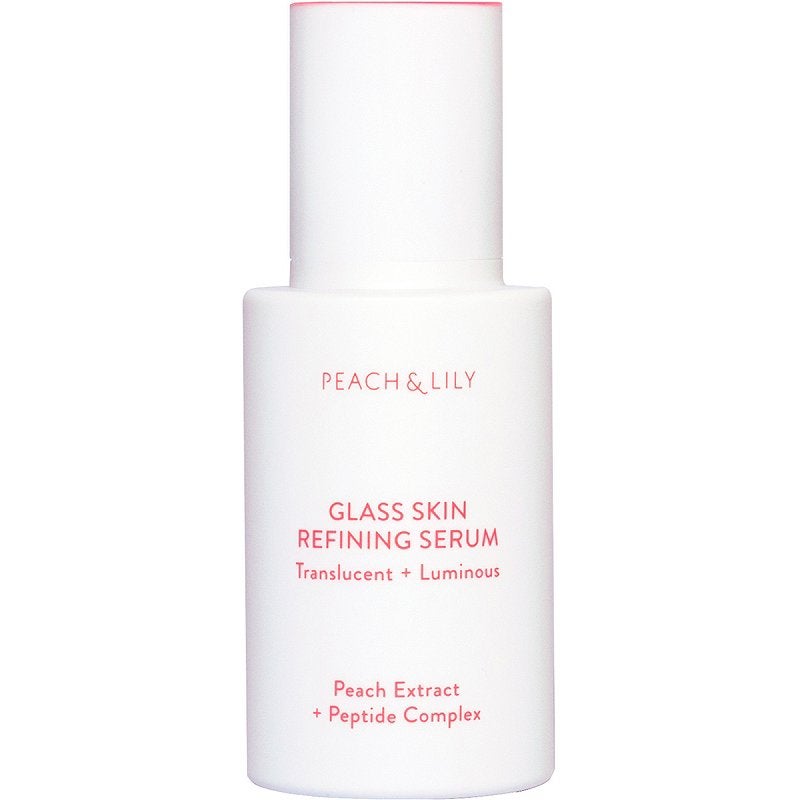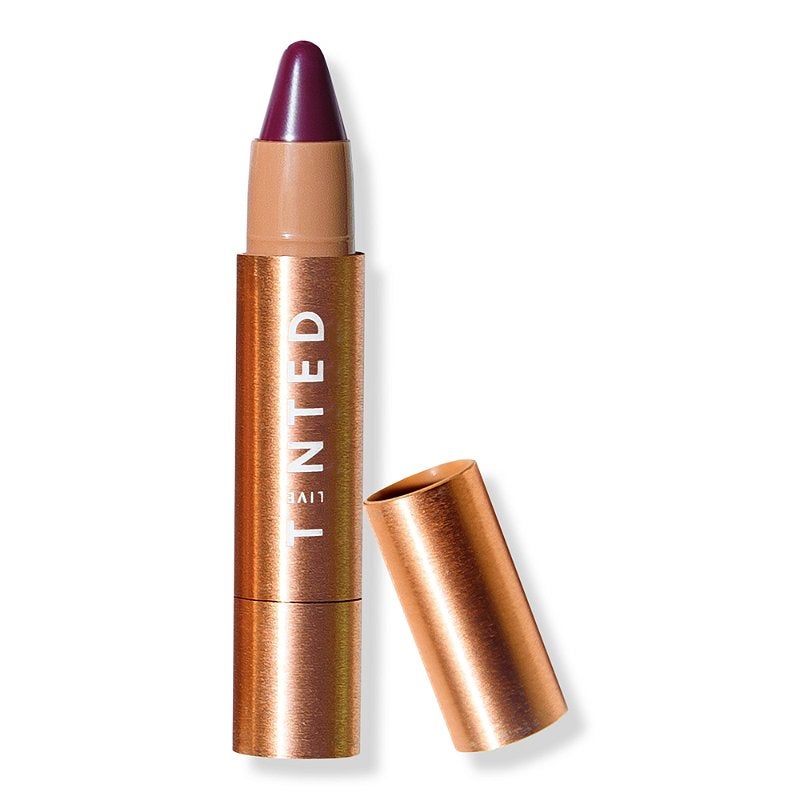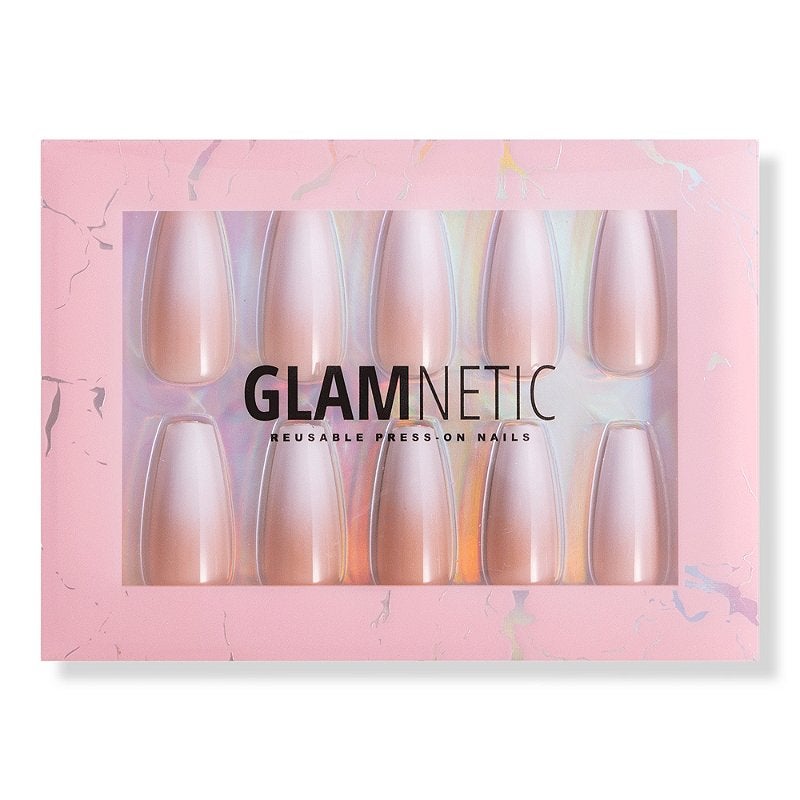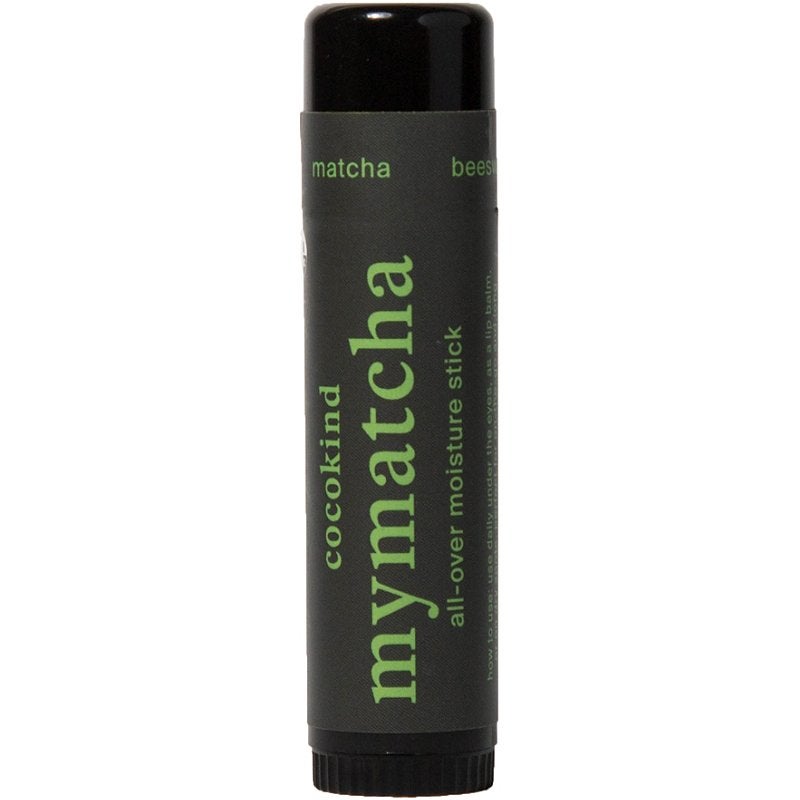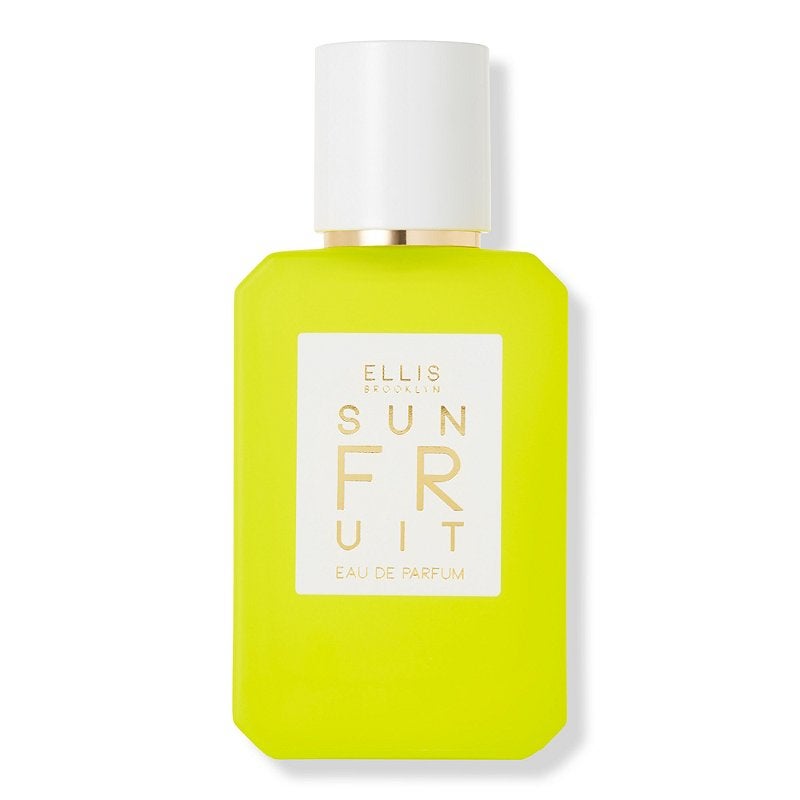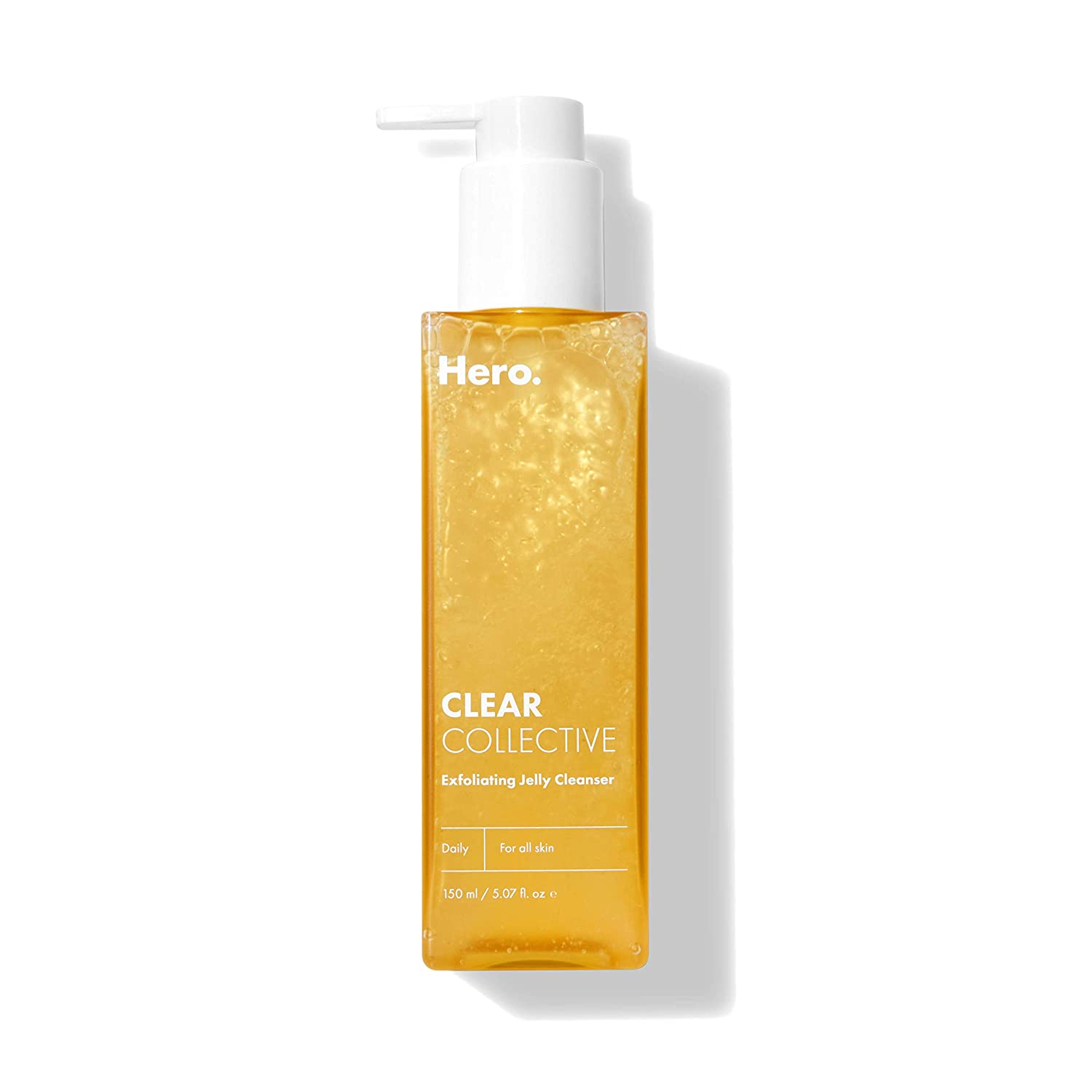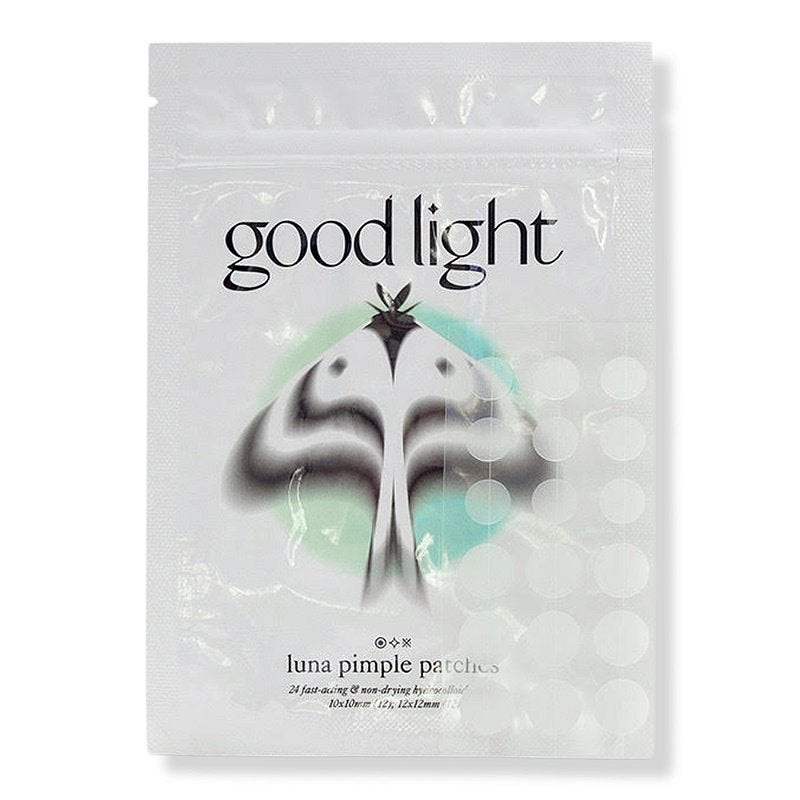Welcome to Beauty School, where Refinery29 and Ulta Beauty explore a rich, diverse curriculum in order to spark honest — and authentic — conversations about hair, makeup, skin care, and more. This month, we look into why certain Asian beauty practices and rituals aren't just "trends."
When Lisa Lee was 14 years old, she submitted an “ask the editor” question on a teen magazine site: “How do you put on eyeshadow when you don’t have a fold?” She was referring to her monolid — a term that she, a Korean-American girl growing up in a predominantly white suburb of Chicago, didn’t know at the time. No one ever got back to her.
AdvertisementADVERTISEMENT
“I felt extremely left out [from the beauty space]. It seemed like for everyone else, their eye makeup was perfect and easy to do, whereas for me, I had to figure out what worked for my eyes,” says the 34-year-old D.C.-based florist, who adopted a cat-eye as her go-to makeup look, drawn with a liquid black liner, as early as a junior in high school. “[The winged liner] makes my eyes more defined and elongated. And without it — and when I don’t wear my glasses — I’m self-conscious of how small my eyes look.”
I also mastered the winged liner technique in high school — spending countless hours practicing in front of the mirror — and it remains my go-to. And it’s celebrity makeup artist Grace Ahn’s as well. “It’s because we want to make our eyes bigger,” she explains. “With the way that our eyes are shaped, whether it’s a monolid or not, for East Asians, eyeliner is the biggest thing you can do because we don't have a crease, and we have a flat lid space. It’s the technique that enlarges, defines, and enhances — and brings the most drama to — our eyes, more so than other products.”
That’s precisely why the fox-eye trend — an elongated cat-eye that manipulates the eye shape to look more slanted, and in some extreme cases, like a monolid — can be triggering in a couple of ways. The makeup look can feel reminiscent of yellowface, using “makeup tricks that [Hollywood and the entertainment industry] did back in the day to make someone who is not Asian look Asian,” Ahn says.
AdvertisementADVERTISEMENT
And then there’s the pose that often comes attached with the look: a move that pulls the eye back and upward — a loaded, racist gesture that for so many, evokes painful childhood memories of being bullied for being Asian, for the shape of our eyes. “For the longest time, mainstream beauty was and still is largely very white-leaning, and a lot of makeup trends don’t cater to those who have a monolid,” says Marianne Mychaskiw, beauty writer and expert who is of Filipino and Ukrainian descent. “So to see the fox-eye trend happening, and these influencers who are in the public eye calling the monolid a trend felt icky to me. You’re manipulating the shape of your eyes and pulling it back, which is offensive, and then you’re calling it a trend, which is offensive in and of itself.”
For Christine Hahn, a Korean-American photographer who’s been shooting editorial and beauty campaigns for 12 years, it all boils down to intent. “Ultimately, I don’t think the intent of these girls is to look Asian,” says Hahn, who considers casting calls that read, ‘no monolid’ to be more troubling, because they perpetuate Western ideals and the colonization of Asian beauty. “But with the fox eye, I think it’s less insidious than we all think; it’s definitely a weird gray area.”
Ahn echoes that sentiment. She sees the fox-eye trend to be less about wanting to be Asian and more about lifting and elongating. “An upward-turned eye and face shape is the trend right now, like drawing the eyebrows up, making the eyeliner go up,” she says. “I do think where the line gets crossed into appropriation is when someone promotes or manufactures or sells items that originated in Asia without any respect for the culture or honoring the history, especially if it’s a tradition that was passed down for generations. Trends come and go and people will cash in on them — that’s the nature of capitalism — but if it’s not your culture, you absolutely need to educate yourself.”
AdvertisementADVERTISEMENT
Factor in social media and the rapid turnover rate in which viewers see trends and regurgitate them (the fox-eye trend on TikTok has 547 million views, for example) or brands who jump on the latest “it” product — like, say, gua sha or jade rollers — without any regard for its origin, and the likelihood of problematic behaviors is practically a guarantee. When practices are folded into the mainstream consciousness, it can become increasingly more difficult to remember their roots. Such is the case with wellness practices from Asia, like mindfulness — and already we’re seeing it happen in beauty with essences, sheet masks, and double-cleansing.
“If you're honoring a culture and you give it credit and context instead of acting like you've invented it, then that's appreciation for me,” says Nick Barose, celebrity makeup artist who is Chinese, Indonesian, and Thai, often using his platform to wax poetic about the glorious melting pot that is Asia. “In our culture, with Asian beauty, we really believe in ritual and philosophy, but when you tap only the surface and don’t care enough to educate yourself on the culture, you’re not getting the whole experience, and that’s so sad to see because there’s so much more at the root of it.”
Kirin Bhatty, Pakistani-American celebrity makeup artist, agrees. It’s about giving credit, learning, paying respect, and doing it all with grace and intention. “A lot of our beauty rituals are centuries old, and they’re woven together through storytelling, so if you’re learning, you should pass that knowledge on, especially if you have a platform,” says Bhatty, rattling off ayurvedic beauty trends, turmeric, coconut oil-infused hair masks, and hair oiling as rituals that have been in her family for generations. “I think that’s why people get upset, because people will pull from other cultures and don’t use their platform to educate their followers where they come from.”
AdvertisementADVERTISEMENT
Growing up, Bhatty resented hair oiling because she didn’t want her hair to be greasy and smell like coconut oil — she wanted to smell like Herbal Essences, like “all the other girls.” “It’s exciting to be in a time where the ingredients and rituals I was embarrassed of growing up are now having a moment, and I’m so proud to share it. I want everyone to experience them because they’re beautiful,” says Bhatty, who admits that festival season, with people wearing bindis and henna, can feel tricky. “Before, the only way for something from our beauty heritage to be palatable was if it was sold by somebody who didn’t look like us. And it’s tough when there are so few opportunities given, and the ones that revolve around your culture aren’t given to someone from the culture — it can hurt. So to see front-facing founders selling products that are true to their roots, is really exciting.”
Still, it’s hard to reconcile the immense popularity of Asian beauty trends with the invisibility — or most recently, outright hatred and violence — that the AAPI community feels in every other aspect. Bhatty, though, prefers to look at it through an optimistic lens. “The Asian community deserves joy despite all of the pain and violence that is occurring to the community, especially to the elders,” she effuses. “I want more power, more joy, more recognition, and more visibility, because that's how you get through these times. You show that you can persevere. And I’m so happy for the successes of the AAPI beauty community who allow people to embrace a culture — we deserve every bit of happiness.”
shop 7 products
AdvertisementADVERTISEMENT








